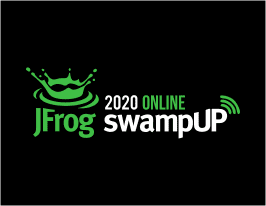Solarwinds Hack – Executive Order of Cybersecurity – and Now?
By Sven Ruppert, Developer Advocate @ JFrog
September 19, 2021
2 min read
It is essential to know that the SolarWinds company produces software that is used to manage network infrastructure. With the name “Orion Platform, ” this software should help manage and administer the network components efficiently. If you look at the product description on the SolarWinds website, you can read that the software can monitor, analyze, and manage the network infrastructure. And that’s exactly what the customers did. The company itself has around 300,000 customers worldwide, including individual companies and government organizations, and corporations from a wide variety of areas. To always stay up to date, the software platform includes an automatic update mechanism. And that was exactly what the attackers were after. They saw in the SolarWinds company a multiplier for their own activities. But how can you go about this? The attackers obtained the necessary software tools by breaking into the FireEye company and infiltrating the SolarWinds network. The goal was the software development department in which the binaries of the Orion platform are created. Here, the CI routes have been manipulated to include compromised binaries in every build of the software. As a result, the company produced these binaries and put them into circulation through the automatic update process. In this way, around 18,000 targets could be infiltrated and compromised within a short time.
What does that mean for us now?
There are two angles here. The first is from the consumer’s point of view. However, for your own production, it must be ensured that no compromised binaries are used. That means that all, and here I mean all binaries used, must be checked. These are the dependencies of the application and the tools used in the production process. This includes the tools such as the CI server used, e.g. Jenkins, or the operating system components of the infrastructure and Docker images.
The second perspective represents the point of view that one has as a software distributor. This means anyone who distributes binaries in any form. This includes customers in the classic sense and other departments that may be considered consumers of the binaries created. The associated loss of trust can cause a company severe financial damage.






